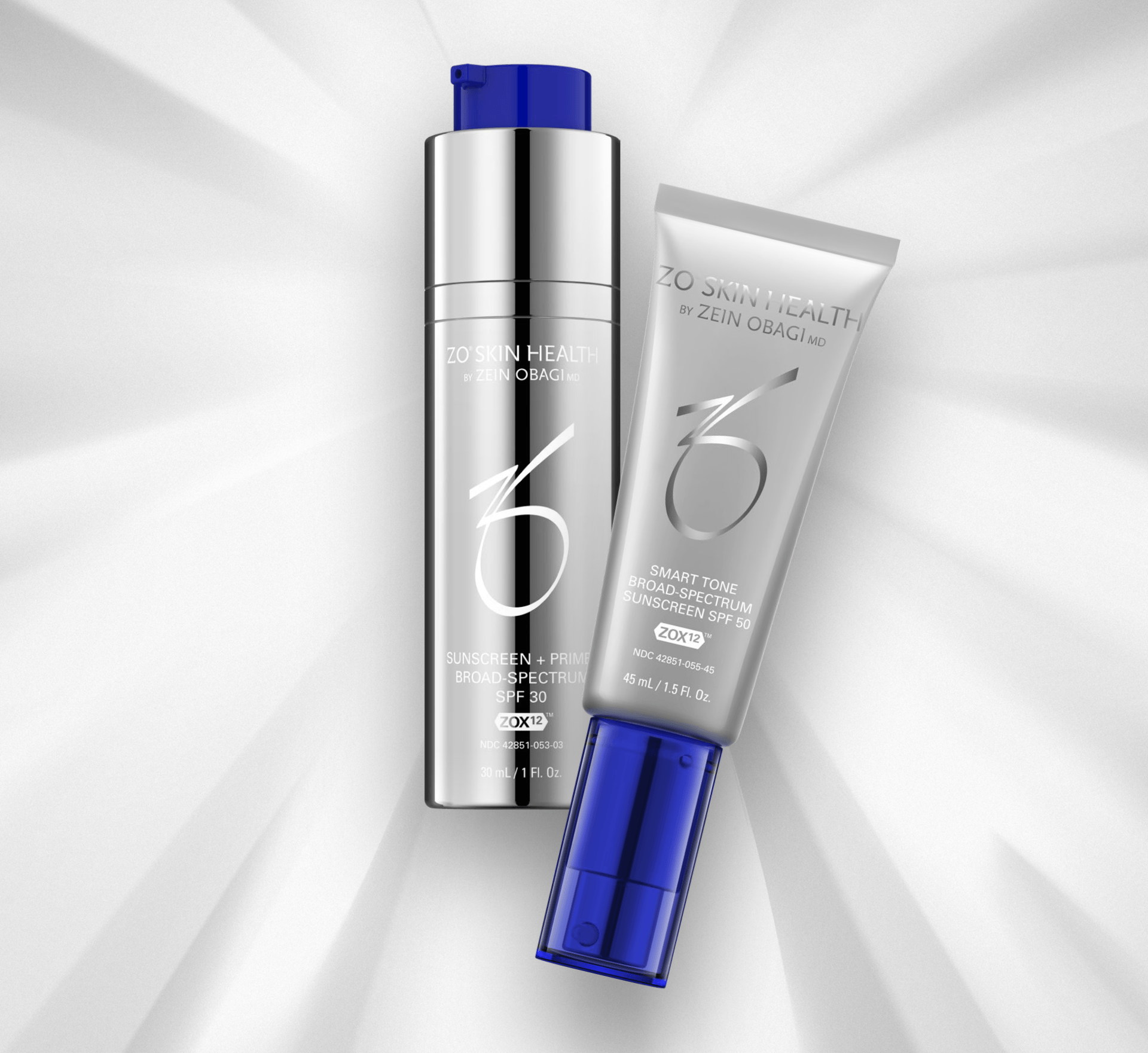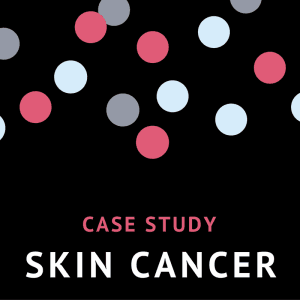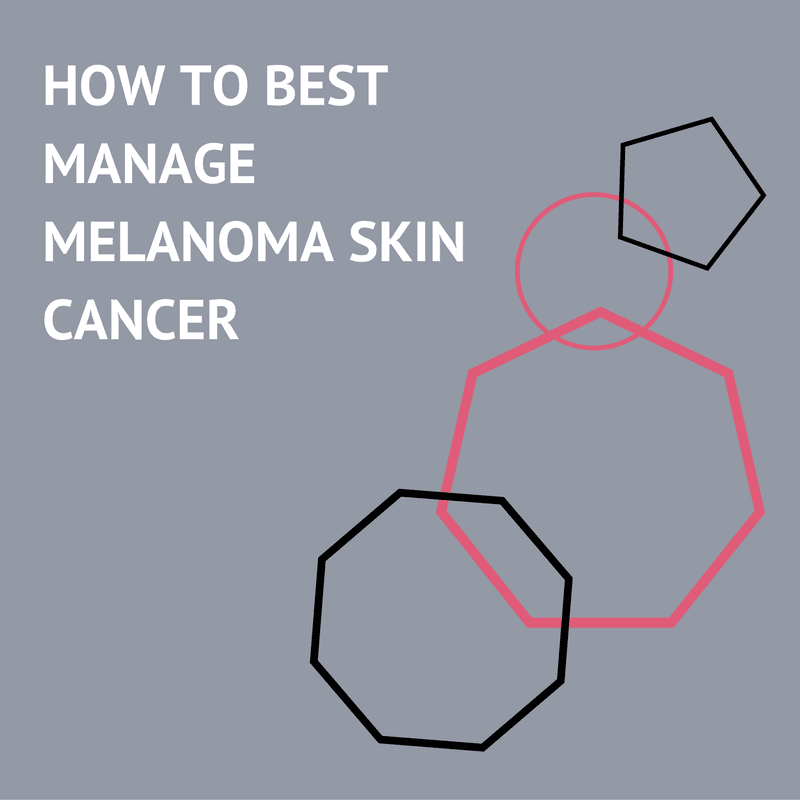Cancer Reconstruction
Removal of a skin cancer can leave a significant defect in the face. At Visage Facial Plastic Surgery, we specialize in repairing the delicate structures of the face and can lead you through this process with a caring hand. There are so many options: secondary intention healing, primary closure, skin grafts, local flaps, interpolated flaps. We will advise you as to which repair will be best for you.





